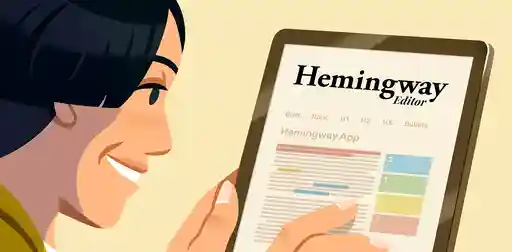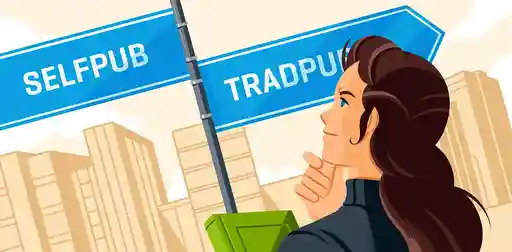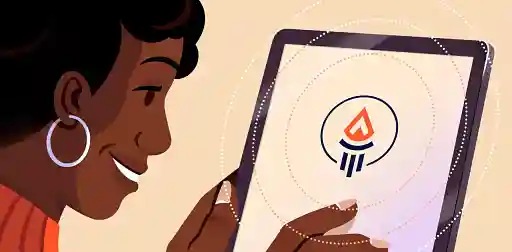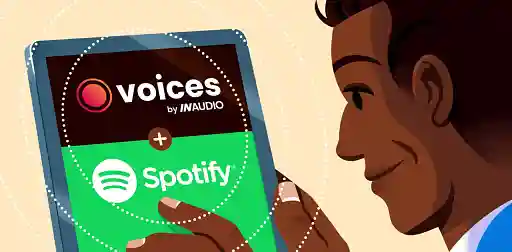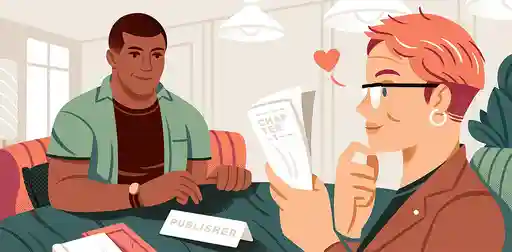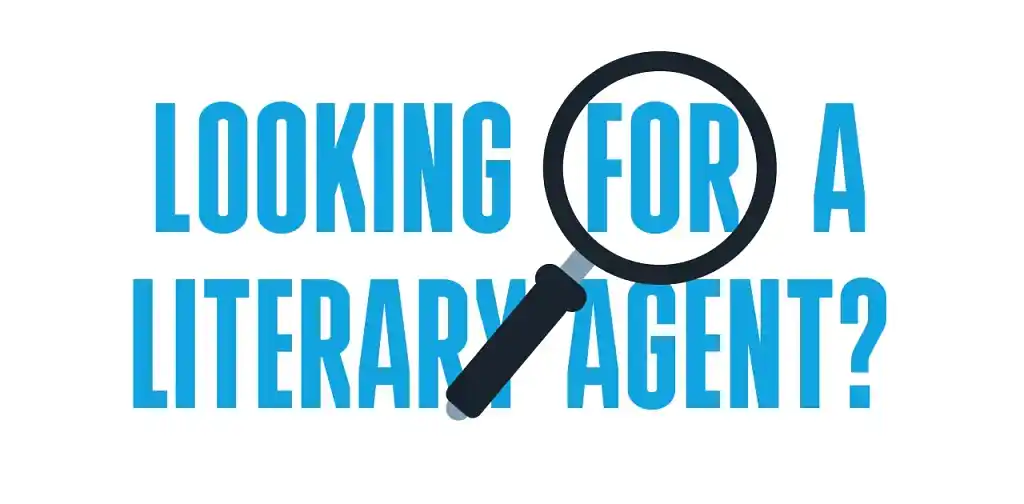Blog • Understanding Publishing
Posted on Nov 01, 2024
Why You Should Write More Than One Picture Book (+ Children’s Book Ideas)
About the author
Reedsy's editorial team is a diverse group of industry experts devoted to helping authors write and publish beautiful books.
More about the Reedsy Editorial Team →Savannah Cordova
Savannah is a senior editor with Reedsy and a published writer whose work has appeared on Slate, Kirkus, and BookTrib. Her short fiction has appeared in the Owl Canyon Press anthology, "No Bars and a Dead Battery".
View profile →This post is written by Tracy C. Gold, a picture book author and editor with over a decade of experience in publishing. She also leads workshops and classes for organizations including the SCBWI and Johns Hopkins University.
As a picture book editor and writer, I often have folks write to me about their one precious idea for a children’s book. They may have worked on it or thought about it for years, and they finally feel it’s ready to go out into the world to great acclaim.
While I love hearing about these ideas, I always kind of brace for impact because I’ve got to tell them a hard truth. Writing one picture book is normally not enough to be successful as a picture book author.
In this post, I will break down why this is the case for both traditionally published and self-published picture books. I will also share some common picture book themes you can tap into and tips on how to come up with more children’s book ideas.
Why you should write multiple picture books for traditional publishing
All right, so traditionally publishing a picture book is not an easy task! Sometimes, people approach me thinking they have written a cute book, so all they have to do is find a publisher. This is when I don’t know whether to laugh or cry as I reflect on all of the poor manuscripts I’ve loved over the years, by my clients or myself, that haven’t found a publisher.
The market is highly competitive
The hard news is that even if your picture book is the same quality as books you can find on the shelf of your local bookstore, there are no guarantees a publisher will want to take it on. The picture book market is brutally competitive, as these books are expensive to produce and the market expects a low price point. (Multiply that problem for board books.) Every new book is competing not just with the other books that are published in that year, but all of the picture books that are still in print. Whew.
Now, of course, I have published four picture books myself, and new picture books are published every year. So it’s possible. There are plenty of publishers out there putting amazing new children’s books out into the world. But the best way to break in is to write multiple picture books rather than relying on just one idea.

FREE RESOURCE
Children’s Book Development Workbook
Bring your children's book to life with our step-by-step workbook.
Publishing is a numbers game
Logistically, if you want to query a literary agent with your picture book, you will likely need between 3-5 manuscripts ready to go. In the US, most agents request a query about one picture book. If they like that book, they will request to see more. There are regional differences in this process — some literary agents in the UK, for example, like to see several books up front. Literary agents want to see that a writer is invested in a career in writing picture books. They want to know that you will have other books to send to publishers if no one picks up your first book.
That’s because even award-winning authors get rejections on new picture book ideas. I love to send writers Kate Messner’s blog post “Picture Book Math.” If an established, beloved author like Kate Messner gets rejections, the rest of us shouldn’t take them too personally!
In the post, Messner breaks down how over the course of a given year, she may have hundreds of children’s book ideas. Maybe thirty of those end up turning into picture book manuscripts. Then, after feedback from her writer friends and literary agent, only five or six of those pass muster and are sent out to publishers. Then, she writes, “If things go very well, one or two of those original 365 idea-sparks will grow up to be a book.”
Whew. That’s a lot of ideas, and very few books. If an accomplished writer like Messner gets about 2/365 children’s book ideas published…well then the rest of us sure have our work cut out for us. I would say that Messner’s success ratios are very similar to mine, though I am probably about half as productive as she is in terms of the number of ideas and manuscripts I create.
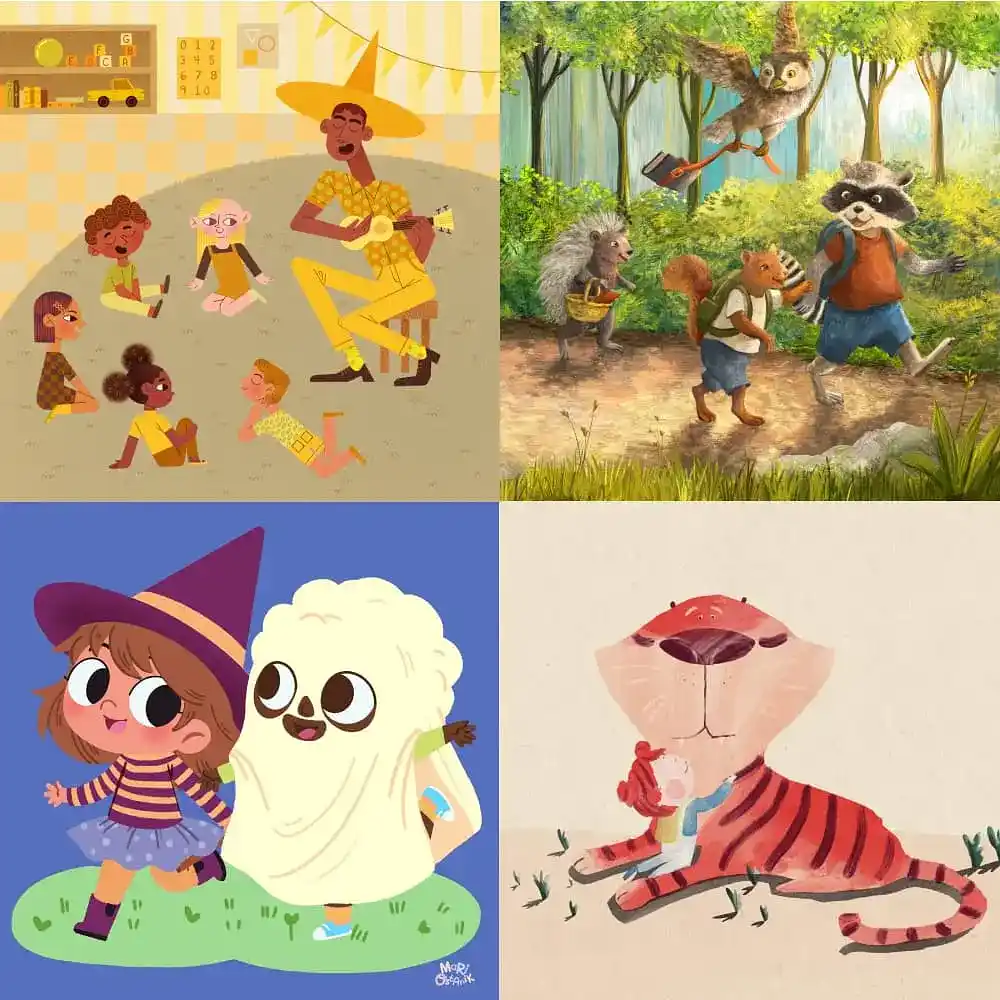
You can write to small publishers who take unagented submissions with only one picture book idea. They will normally not ask to see more before contracting your book. However, they may send you a rejection with an invitation to send other books. It’s nice to have something to send them right away!
Publishers also do appreciate when they can publish more than one book from the same author. When I am at a book event or promoting one of my books, the word gets spread about all of my books. Financially, this is good for my publisher, my literary agent, and me!
🖌️ Psst, while you are here, please take note that traditional publishers hire the illustrator. All you need to do is send the text! Don’t spend your time or money on finding and hiring an illustrator if you want to pursue traditional publishing.
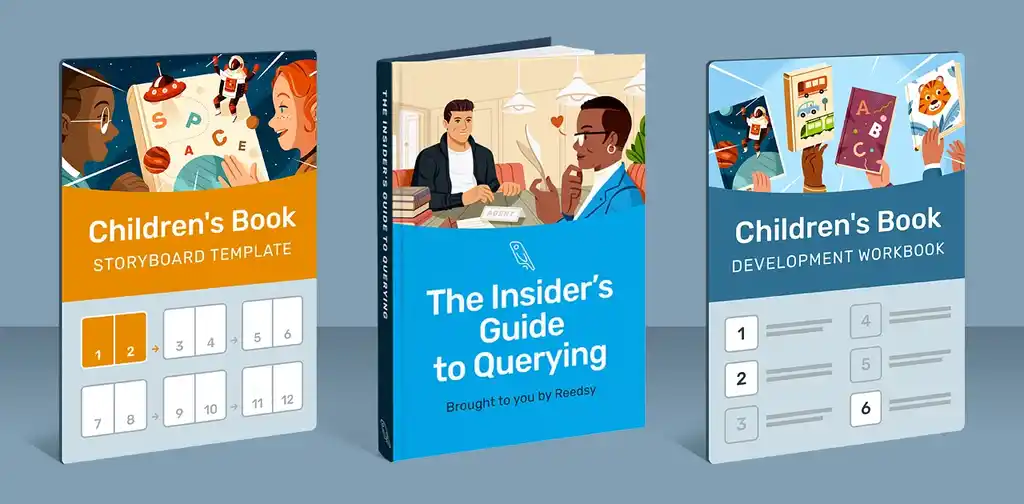
FREE TOOLKIT
Children's Book Publishing Kit
Turn your idea into a book with our workbook, picture book template, and query letter template.
Why you should write multiple picture books for self-publishing
What if you don’t want to deal with traditional publishing and just want to self publish your one precious idea? That can absolutely be a valid path. I’ve seen writers do this as a gift for their grandkids or spouse, or for a picture book related to a cause that’s near and dear to their hearts.
However, it's quite a lot of work to self publish a picture book and new self publishers have a sharp learning curve. If your goals include making money and not just creating a beautiful book for sentimental reasons, you should plan on creating more than one book.
When you get started, you have to figure out editing, illustrations, design, printing, distribution, and marketing. But worry not: there are experts out there who can help you, like the highly-vetted professionals on Reedsy. Once you have built a team and learned more about the process, every new book should be easier.
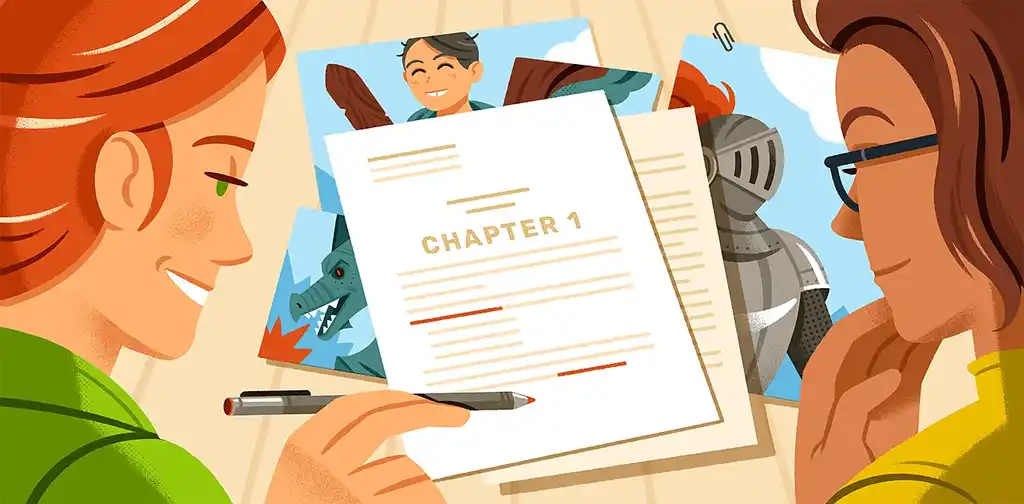
Make your story sing
Work with a professional children’s book editor to take your book to the next level.
Realistically, many self-publishers don’t earn back their financial investment on their first book. I would say this is particularly true for those who have to hire an outside illustrator (which you'll need if you want a professional final product unless are a very skilled illustrator yourself).
The most successful self-publishers I know, in the picture book world and beyond, publish multiple books. That way, every time they publish a new book, their older books get a little sales boost too. Success is possible. According to author/illustrator Diane Alber’s website, her self-published picture books have sold over a million copies. Author Darcy Pattison does not illustrate her own books, and has found success in self publishing multiple picture books.
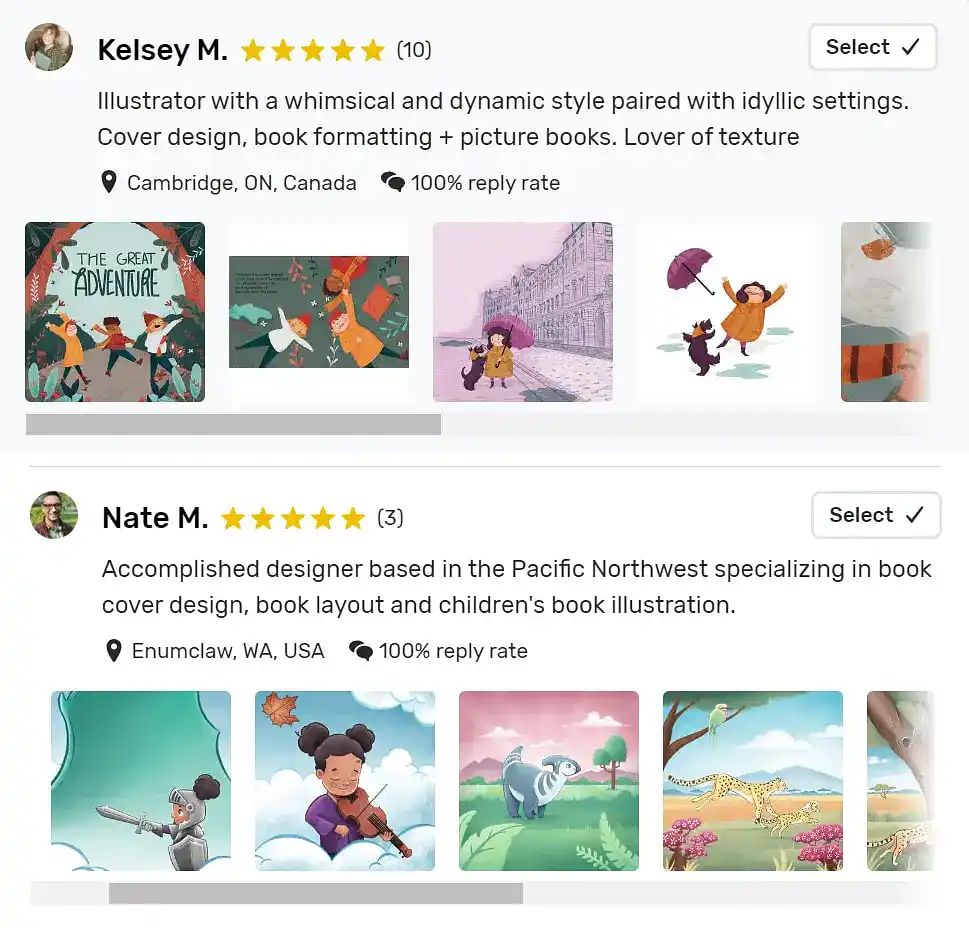
How to come up with more children’s book ideas
If you really truly only have that one picture book idea, but you are realizing that you’d like to try to write more, I am here for you!
Take inspiration from recently published books
My number one tip would be to take inspiration from recently published picture books. Go to your local library or bookstore and browse through their new release sections. Page through the New York Times’ picture book bestseller list. You can also find YouTube videos of people reading many popular picture books. Publishers widely opened up permission for YouTubers to do this during the Covid pandemic, though if you want to do this yourself, you should check their policies first.
Some publishers are even putting these videos out themselves. For example, here’s the co-founder of one of my publishers, Familius, reading my book, "Call Your Mother.” And here’s Joanna Ho reading her popular “Eyes that Kiss in the Corners” in partnership with Barnes and Noble. Soak in the topics and style of these recent picture books. You will find a wide variety, from non-fiction to board books to holiday books.
Don’t model your picture books after ones written by celebrities
Want to make sure you have good book role models? Look for the name of an author and/or illustrator on the cover. A lot of the more novelty-style books, like water-friendly bath books, are written in-house at publishers and aren’t the best guide for an author trying to sell an original idea. Those books typically will not include an author name on the cover and will be copyright to a company and not a person.
I would also avoid drawing too much inspiration from books written by celebrities. They can get away with publishing books that would otherwise not be considered marketable because of their existing marketing platform.
Consider giving a twist to popular themes
You can draw from popular picture book themes for your ideas. Note that if you take on a popular topic, your book will have to be differentiated somehow.
My somewhat cynical view is that when we are talking about picture book themes, we are actually talking about why people would buy that book. What makes people think, “Hmm, I want to buy a picture book about that”?
So here are some reasons to buy picture books that have generated many new books recently:
- 🎃 Celebrating holidays like Halloween, Easter, Christmas, Hanukkah, Mother’s Day and Father’s Day (to name a few)
- 🍂 Educating children about the changing of seasons, including secular winter books
- 👩🏼🍼 Celebrating the arrival of a new baby in a family
- 🌎 Exploring and embracing cultures and outlooks that have been historically underrepresented in children’s literature
- 😌 Helping children with an aspect of social emotional learning like being kind or overcoming obstacles with persistence
- 😂 Making children laugh
- 🛁 Helping children with parts of their daily routine, like nap time, bedtime, and bath time
- 🦖 Educating children about the natural world, historical figures…and dinosaurs
Bonus points if your book combines more than one of those reasons to buy. For example, my book, "Hide and Seek, Nuts to Eat,” talks about how squirrels cope with changing seasons and how we can make everyone’s lives better via sharing (social emotional learning). It was tricky to figure out exactly how to do that while reckoning with the truth that many types of squirrels don’t share, ha! (I used back matter to help explore this and to clarify that many types of squirrels do share with their children, at least!) So there are two reasons someone might buy that book: for a seasonal fall read, or for helping their kids learn how to share. See what I’m saying?
Or take inspiration from picture book prompts
Alright, so you’ve got themes, now how do you write a book about them? Here are some prompts to get you started! See if you can wrap a “reason to buy” into these prompts as you brainstorm. Note that most picture book characters are children or stand-ins for children, such as an animal or an adult who is behaving like a child.
- Write about a character whose day goes from bad to worse.
- Write about how your favorite animal deals with changing seasons.
- Write about a character who is searching for a magical object.
- Write about two characters who are opposites.
- Write about an adult who is scared of something very silly and how a child helps them.
- Write about a character who is coming up with the best gift ever for someone they love.
- Write about a character who overcomes a fear.
- Write about a character who learns something new about themselves.
- Write about a very forgetful character.
- Write about a moment in a kid’s daily routine like breakfast or bedtime with a fun twist, like pirates or unicorns!
Not feeling those ideas? I am a huge fan of Reedsy’ Weekly Writing Prompts. While some prompts are more suited to picture books than others, you can’t go wrong with browsing through the many ideas there.
Here’s to many wonderful children’s book ideas in your future!
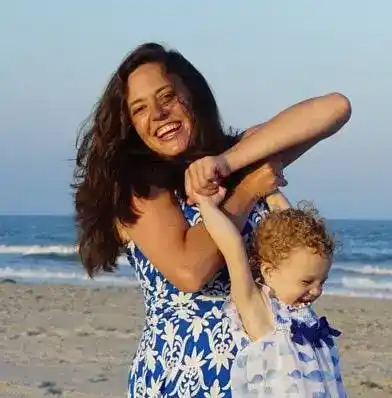 Tracy C. Gold loves writing about families and nature. She is an author, freelance editor, and mom living in Baltimore, Maryland. As an editor, she loves working on picture books, novels, and memoirs. Her published and forthcoming picture books include “Everyone’s Sleepy but the Baby,” “Call Your Mother,” “Trick or Treat, Bugs to Eat,” and “Hide and Seek, Nuts to Eat.” She also writes short stories, essays, novels, and poems. Her work has been published in several magazines and anthologies. Tracy earned her M.F.A. in Creative Writing and Publishing Arts at the University of Baltimore and earned her B.A. in English from Duke University. When she’s not writing or editing, she’s playing with her kid or hanging out with horses and dogs.
Tracy C. Gold loves writing about families and nature. She is an author, freelance editor, and mom living in Baltimore, Maryland. As an editor, she loves working on picture books, novels, and memoirs. Her published and forthcoming picture books include “Everyone’s Sleepy but the Baby,” “Call Your Mother,” “Trick or Treat, Bugs to Eat,” and “Hide and Seek, Nuts to Eat.” She also writes short stories, essays, novels, and poems. Her work has been published in several magazines and anthologies. Tracy earned her M.F.A. in Creative Writing and Publishing Arts at the University of Baltimore and earned her B.A. in English from Duke University. When she’s not writing or editing, she’s playing with her kid or hanging out with horses and dogs.
